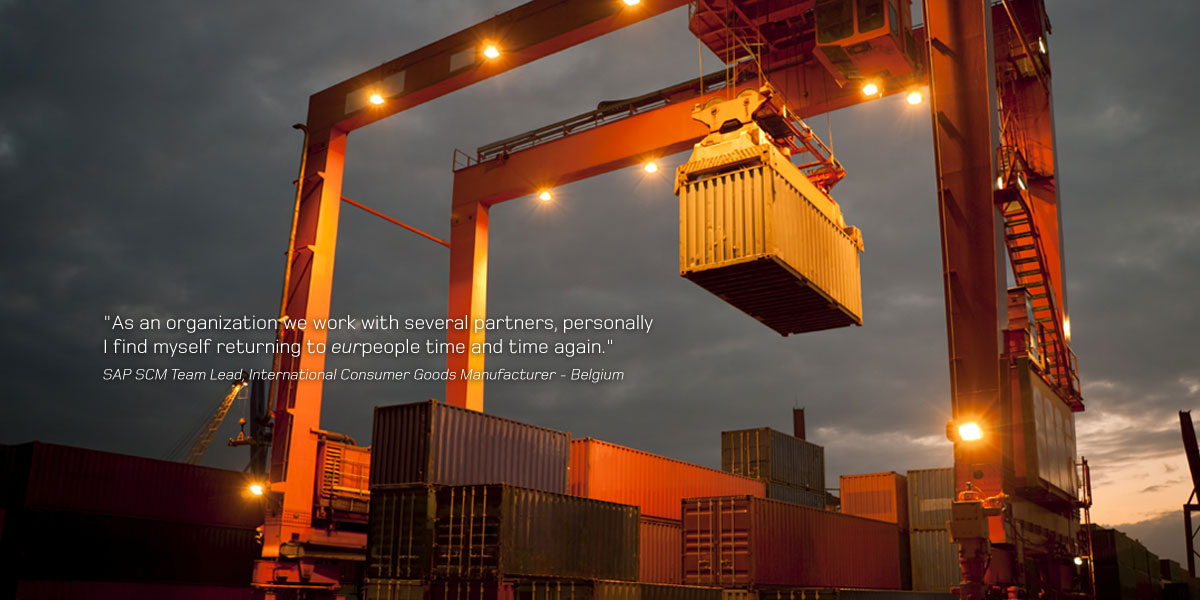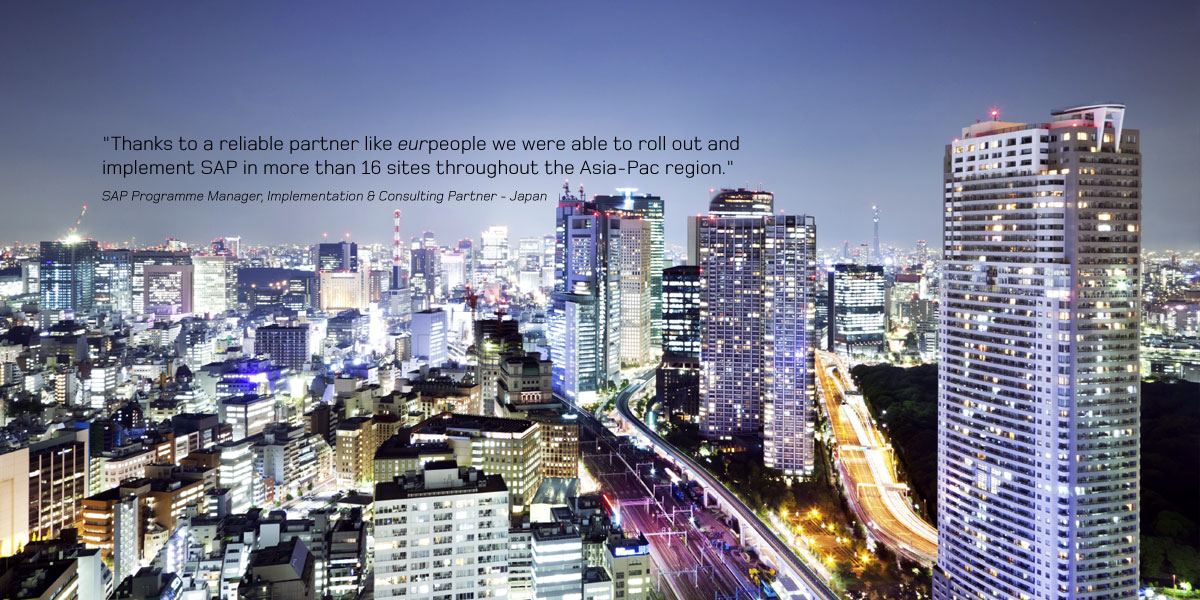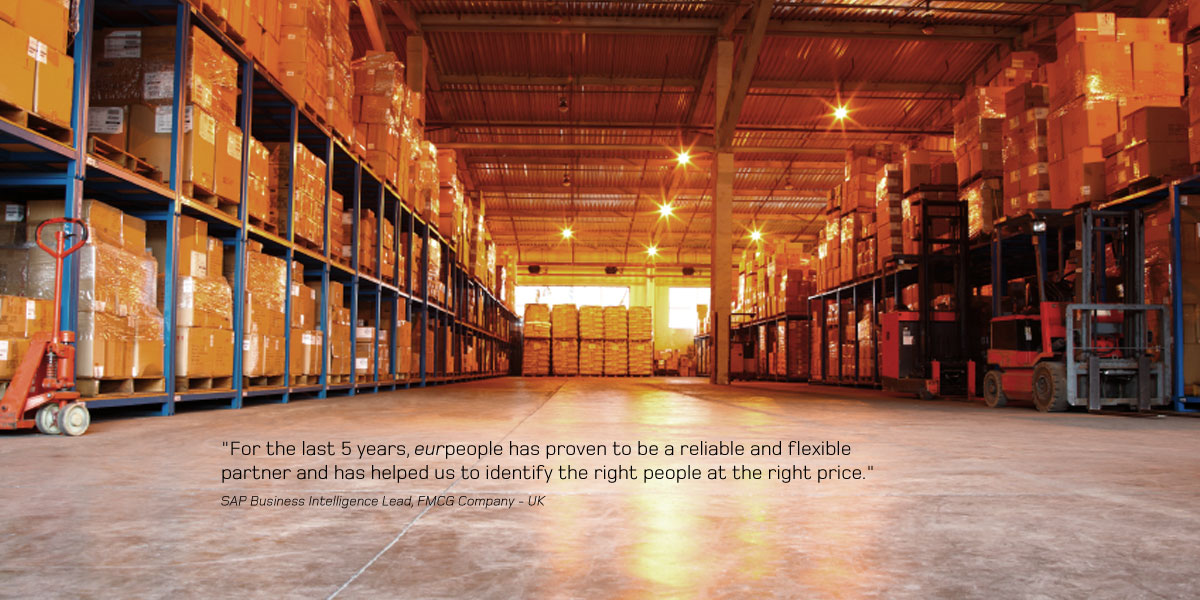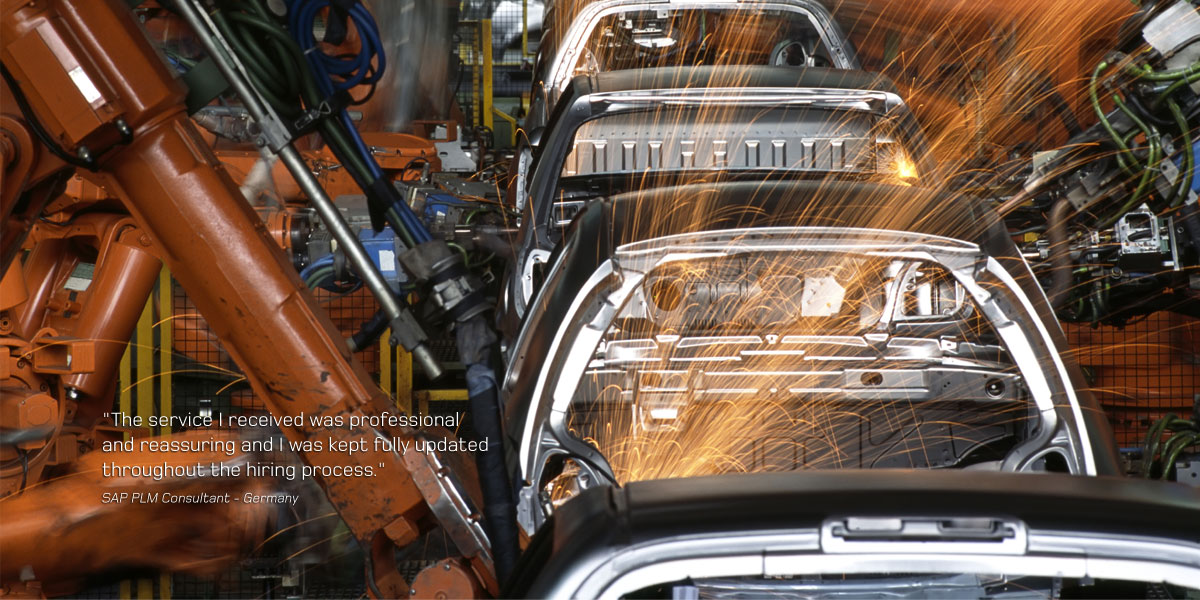Workplace Robots Are Shaping Up to Create More Jobs
The world has already witnessed three industrial revolutions that have brought disruptive leaps across industrial processes, resulting in significantly higher productivity. In the course of nearly 200 years, we went from improving efficiency with hydropower, steam power, machine tools, and assembly lines to accelerating automation with electronics and IT.
Each one of these eras birthed disruptive forces that dramatically affected society as well the economy – sometimes for the better, sometimes not.
Our current revolution – the digital economy – is centered on hyperconnectivity: the exponential growth in the interconnectedness of people, organizations, and objects. When everything is connected, you can effectively digitize the physical world and render it operable by software. The possibilities are truly endless.
However, the advent of this third revolution is strikingly similar to the size and scope of the first industrial revolution. For example, the first revolution changed the face of global society by shifting our world from an agrarian economy, consisting of a large number of middle-class farmers, to an urban economy, characterized by the merciless plight of the urban factory worker of the 19th century. Within the first 70 years, conditions got so extreme that groups, commonly coined “Luddites,” would destroy mechanical tools and factories to stop this impending change.
And now, we are about to revisit something similar as we enter into the age of the digital economy.
Could Robots be the Answer to Unemployment?
A University of Oxford study found that half of American jobs could be automated within the next two decades. This is strikingly similar to how 80% of American agriculture jobs in the early 19th century were steadily replaced by jobs that didn’t exist in the early 1800s – welders, machine operators, mass transportation, among others. And this transformation of the labor market is about to happen again.
We are now seeing the possibility of robots displacing many human workers – mostly through the automation of repetitive tasks. In the digital economy, robots are becoming more intelligent as they continue to adapt, communicate, and interact more efficiently. With these capabilities come unprecedented productivity as well as profoundly changing cost structures, skill sets, and workflows.
Even though the reality of a fully autonomous, human-free enterprise is still a very long way off, there is still some concern that these new technologies will eventually replace many jobs. While this may be true, new jobs will be created based on a human-to-machine symbiosis that performs better than either entity by themselves.
Data from the widespread use of industrial robots over the past two decades already indicates new jobs are spawned at a rate of three to one when robots are deployed. Of the six countries examined in the study, five of them experienced declining unemployment rates as robot use rose.
A New Revolution for the Labor Market
To meet this challenge of mass disemployment, we should consider the skills needed to make the most of this transition. In 2015, Brynjolfsson and McAfee argued that society must learn to work together with robots or, as they put it, “race with the machine rather than against it.” They believe that the future of work depends on achieving an optimum balance between the new generation of high-performance machines and human skills.
It’s quite clear that work will morph into new and quasi-new forms of employment. If we cease to think of the employment landscape we enjoy today as the norm, we will be better equipped to drive a new landscape with these new technologies. And in turn, new employment patterns will make the best use of the upcoming millennial work population.
Figure: New work patterns of the digital economy (Courtesy: Eurofound)
These new work patterns will enable companies to add the right mix of “human in the loop” to allow specializationand full utilization. The degree of specialization will also fit into the millennial employment habit of staying active on multiple fronts to allow the upcoming trend of portfolio work to grow organically.
The ability for new technologies – such as intelligent agents partitioning and synthesizing tasks – will drive more forward-looking changes including crowd working. This is where an online platform matches employers to workers, and projects are split into micro-tasks and divided among a cloud of workers. As our customer demand for service and attention continue to grow, for example, these agents will be able to handle massive numbers of simultaneous “conversations” that can then be distilled and synthesized. But more important, they will deliver the information to the right employee who will perform complex tasks – such as negotiation, new idea generation, and problem solving – that the agent cannot.
So in the end, jobs that require creativity, emotional intelligence, and social skills are unlikely to be filled by robots any time soon. Our managers, nurses, artists, and entrepreneurs will remain human.
For a more detailed look into the digital economy and its impact check out the research paper “Live Business: The Digitization of Everything” on Digitalist Magazine online.
This story originally appeared on The Digitalist Magazins as part of the 10 Weeks of Live Business series.
Top image via Shutterstock
| Location: | Start Date: | ||
| Rate: | Duration: | ||
| Type: | Reference: |
Contact Details
To find out more about how eurpeople can cater for your needs contact us at the following:
London Office
eurpeople Recruitment Ltd
South Point House, 321 Chase Road
London, N14 6JT, United Kingdom
Middle East Rep Office
eurpeople ME Recruitment Ltd
PO Box 309, Girne
Mersin 10, Turkey













